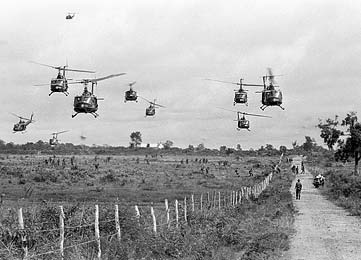
[Veitnam, Veitnam war 1960's]
Seems for man, around here? One day when pastures grope anew field, sorrows departure workings fulfil mans newer seekings, stander upon thee oh yaeh said detriment, for a fortitudes makings brethren known thy???
Amen, pastures anew and old... Amen... Let he be the the maker of sin upon his plate where foughtings of virtue begosts thy plight... Amen verily said he. Travelling yonder... Amen.
“The Three Trillion Dollar War” talks about two types of war-related expenses: budgetary and social. Budgetary costs include operational spending on Iraq and Afghanistan, which they estimate will total from $1.7 trillion to $2.7 trillion. (Throughout the book, the authors put forward two sets of figures: one based on a “best-case scenario” and one on a far more likely “realistic-moderate” scenario.) This figure includes the expense of keeping armies in the field, paying veteran-related costs, replacing equipment ($400 billion for this alone), and paying interest on the vast debt we have incurred to fight the war. So far, Congress has actually appropriated $645 billion for Iraq and Afghanistan since 2001, plus the $200 billion Bush asked for in 2008. As the authors point out, this is more than the U.S. spends annually on Medicare and Medicaid combined. And the monthly “burn rate” to pay for the wars has gone steadily up, from $4.4 billion in 2003 to $16 billion today. This means that every American household is spending $138 a month on the current operating expenses of the wars.
The additional “social” costs that are not borne by the government are harder to calculate — and more controversial.